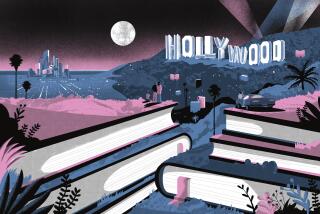Forgotten Treasures: A Symposium
- Share via
A classic: an efficient and timelessly interesting construction that lends an illusion of sense to an irrational world and leads its perpetually astonished audience both backward and forward within the tradition of its expressive medium.
A neglected classic: A book one wishes were still in print.
Example No. 1: “The Reader Over Your Shoulder: A Handbook for Writers of English Prose,” by Robert Graves and Alan Hodge. Second edition, revised and abridged by the authors (rare): New York: Random House, 1971. First edition (rarer and, by report, filled with even funnier examples of wayward writing): New York: Macmillan, 1943. Some strong medicine here; not recommended for artistes:
“As a rule, the best English is written by people without literary pretensions, who have responsible executive jobs in which the use of official language is not compulsory; and, as a rule, the better at their jobs they are, the better they write.”
Example No. 2: “Ballet,” 104 photographs by Alexey Brodovitch, with a radiant introductory essay (never anthologized) by Edwin Denby, New York: J.J. Augustin, 1945. Blurry, urgent, wide, black-and-white performance photographs, shot from the wings, of the Ballet Russe de Monte Carlo. In the midst of this battlefield reporting, apparently haphazard details--like the stage light that reads as the full moon over Danilova in “Swan Lake”--suggest a composure that does not meet the eye. Rarely has the theatrical dimension of ballet looked more glamorous or alive to a camera.
More to Read
Sign up for our Book Club newsletter
Get the latest news, events and more from the Los Angeles Times Book Club, and help us get L.A. reading and talking.
You may occasionally receive promotional content from the Los Angeles Times.







